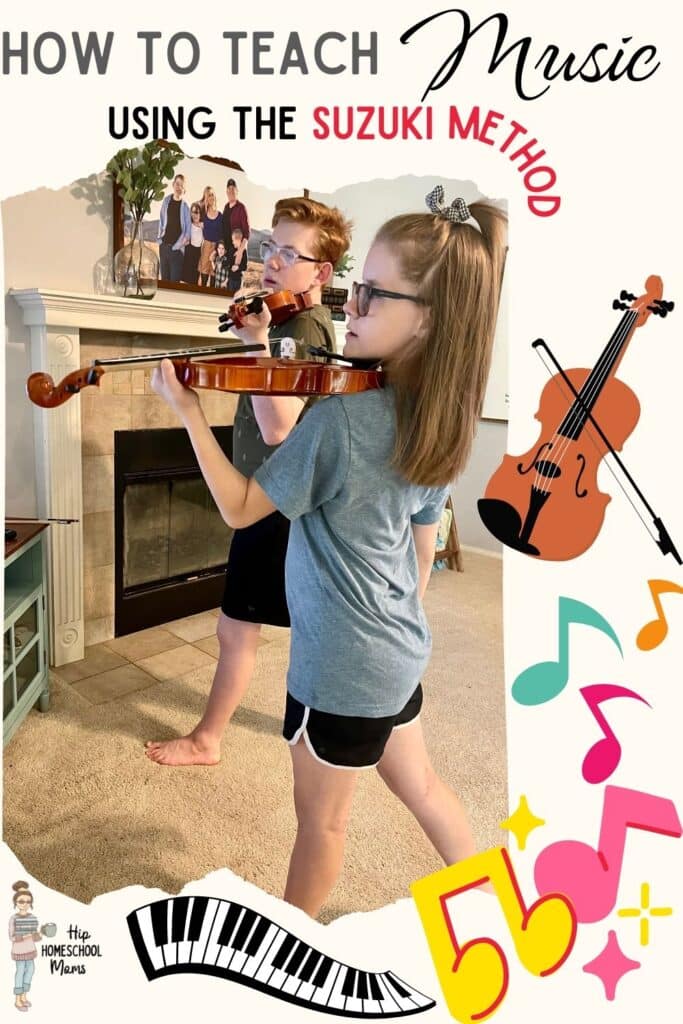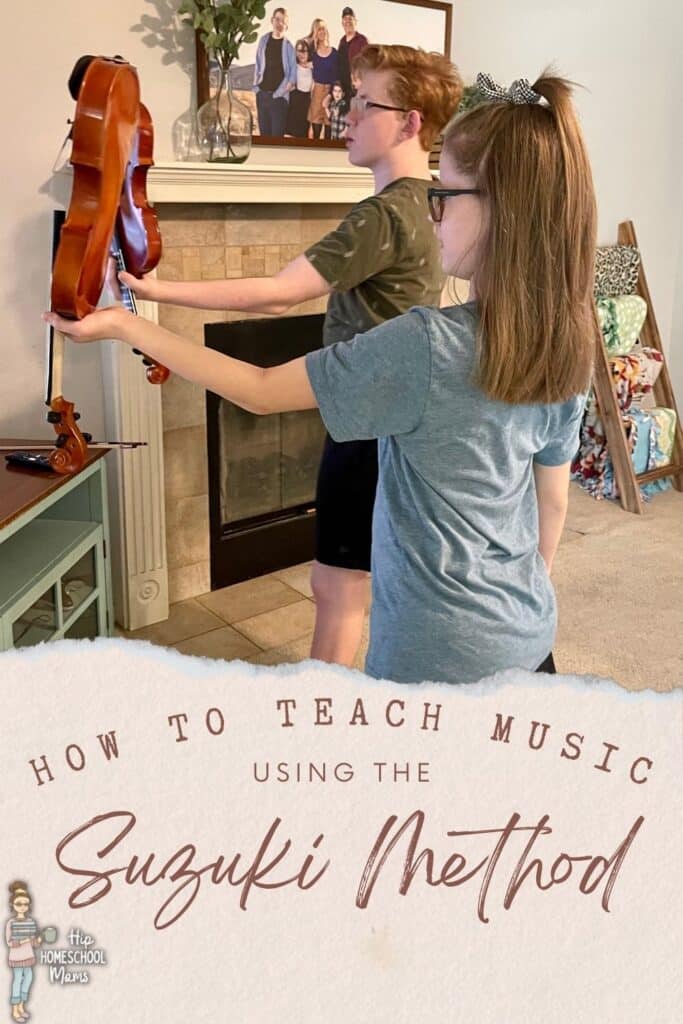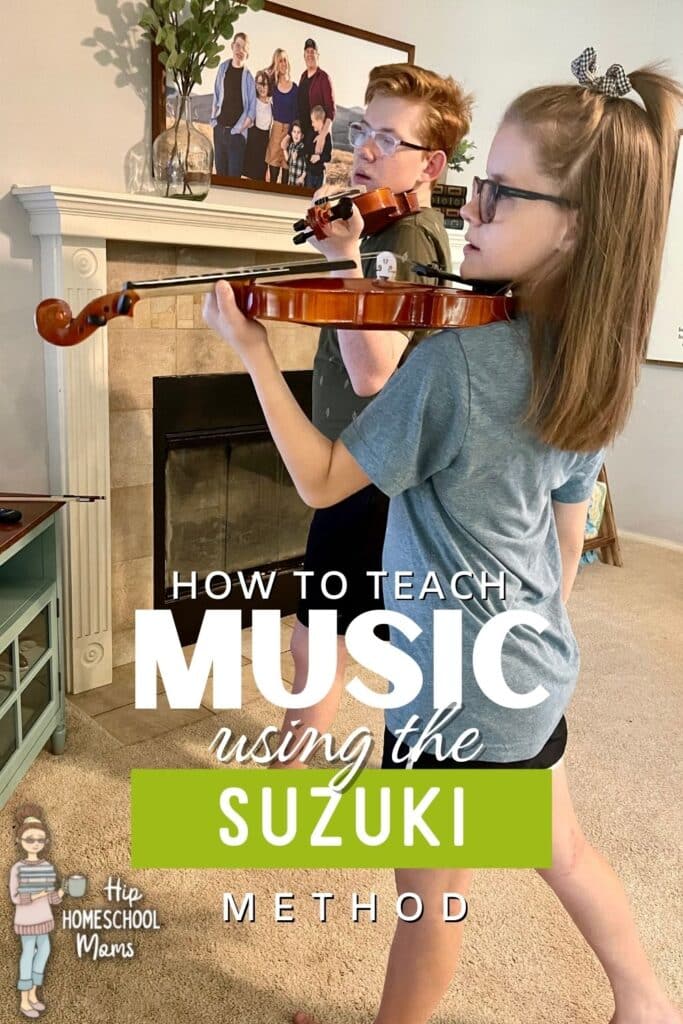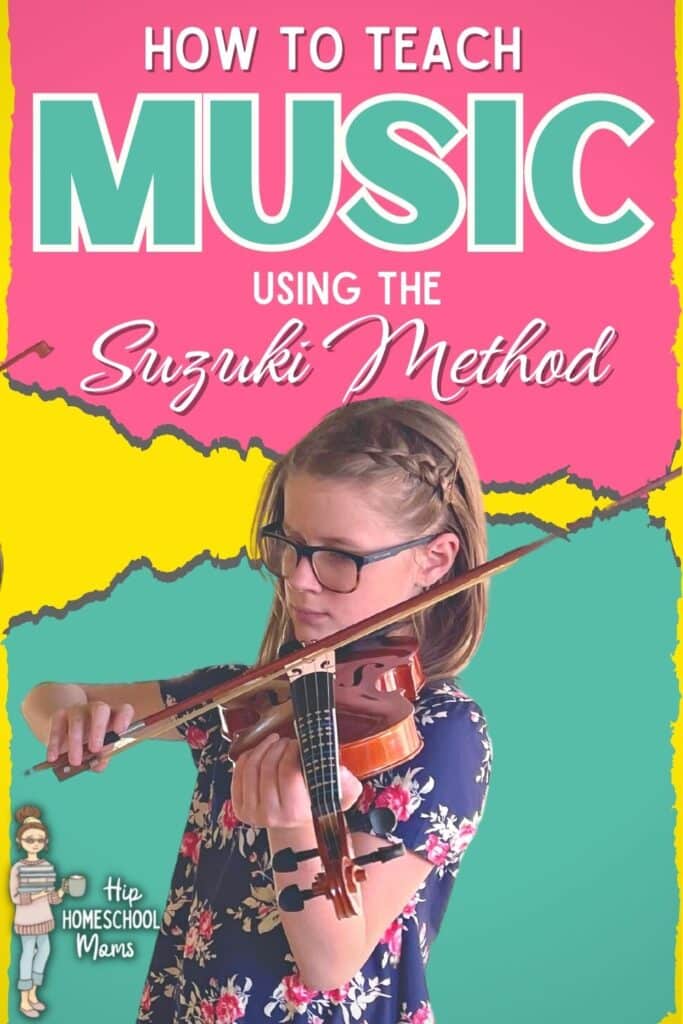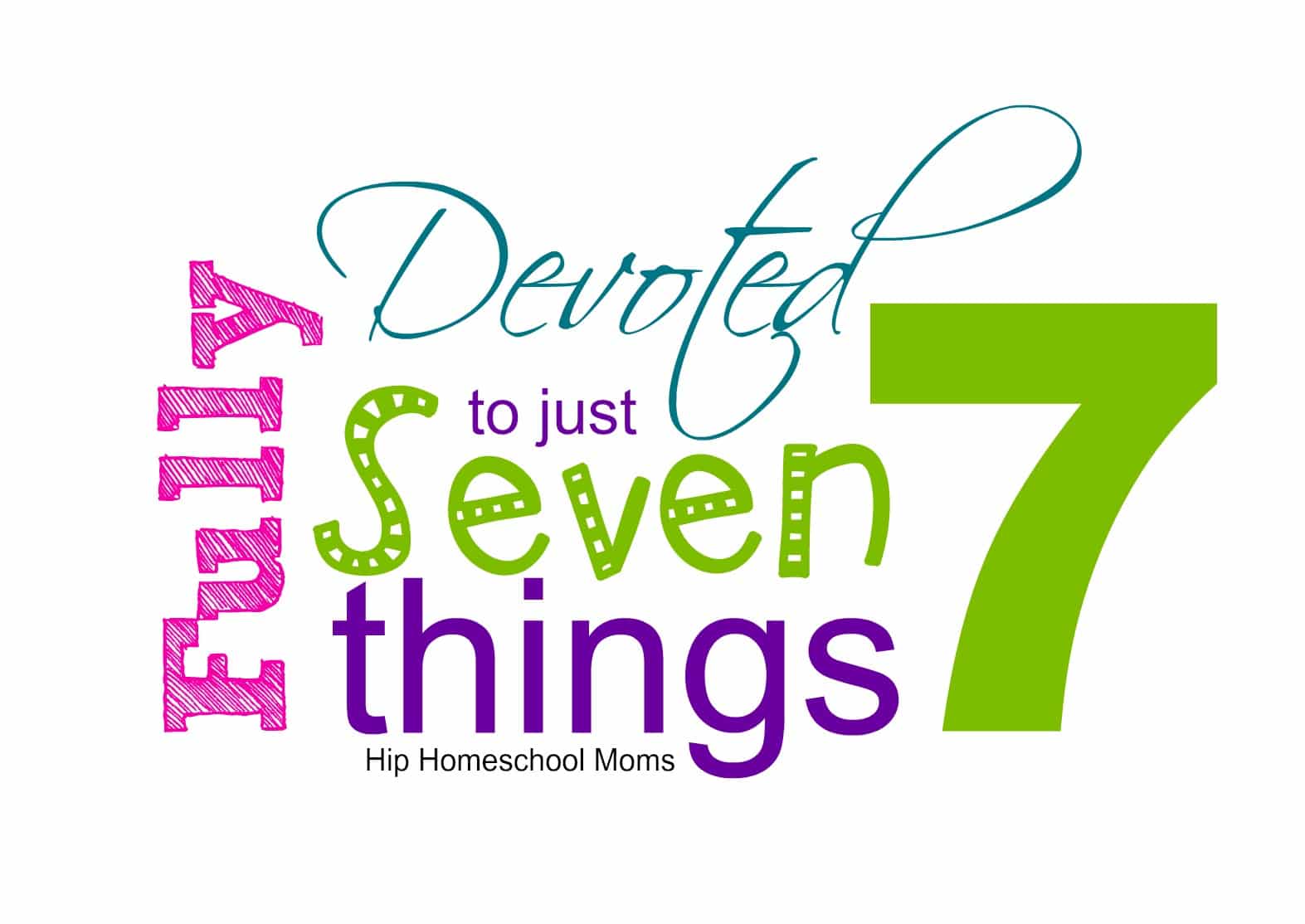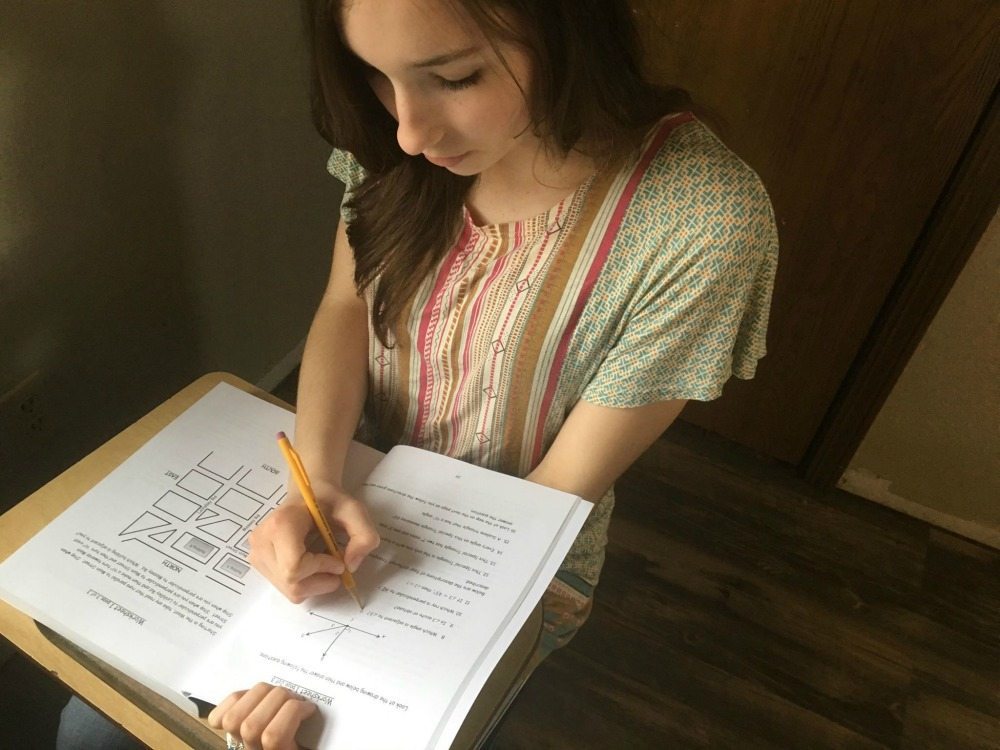Teach Music Using the Suzuki Method
If you were in an emergency and needed a quick blast of Hot Cross Buns on the recorder, I’d be your girl. But if you asked me what the Suzuki Method was back in the day, I wouldn’t have been able to tell you.
I grew up in a family with a heavy emphasis on athletics; I’d never had much interest in learning a musical instrument much less the violin!
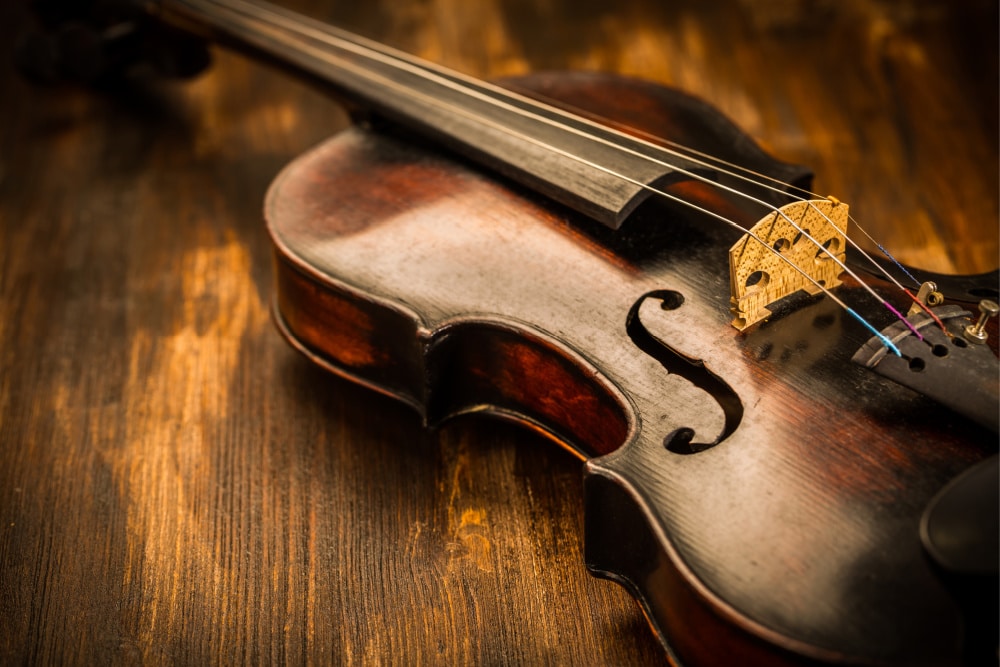
My husband, however, grew up playing the violin and, while he’s not taking any bets down in Georgia, he’s quite proficient! His skill, combined with the knowledge of how music positively impacts the brain, made finding a music program an incredibly attractive goal.
Then came the age-old dilemma: whether to add another commitment to our lively home with four growing kids. We weren’t actively looking for a specific approach, and the Suzuki method wasn’t on our radar. We weren’t even sure if we wanted our kids taking music lessons.
You see, we’ve been homeschooling for close to seven years now. And, while I don’t claim to be batting a thousand, I feel we may have struck that unicorn-like balance between involvement and rest; progress and the creativity induced by free time; commitment to engagements and spontaneous adventures, which fuel the souls around here. Suffice it to say, when I was offered the opportunity to take Sarah Strings out for an extended spin, I froze. Did I want to tempt tipping the scales of our pretty dreamy setup?
After reading my review, be sure to scroll to the bottom of the article to enter the giveaway! Sarah Strings is giving away six months of lessons to TEN winners!
What is the Suzuki Method?
Have you ever marveled at the sheer beauty and skill that musicians effortlessly display while playing their instruments? I know I have. Whether it’s the enchanting notes of a violin or the rhythmic melodies of a piano, music has the incredible power to captivate our hearts and minds. And one secret behind nurturing such extraordinary talent is the Suzuki Method!
Imagine a world where children learn music just like they learn their native language – with enthusiasm, immersion, and a nurturing environment.
That’s the essence of the Suzuki Method, a revolutionary approach to music education created by Dr. Shinichi Suzuki in the mid-20th century.
Dr. Suzuki, a visionary Japanese violinist, believed that musical talent is not inborn but can be developed in any child with the right teaching methods.
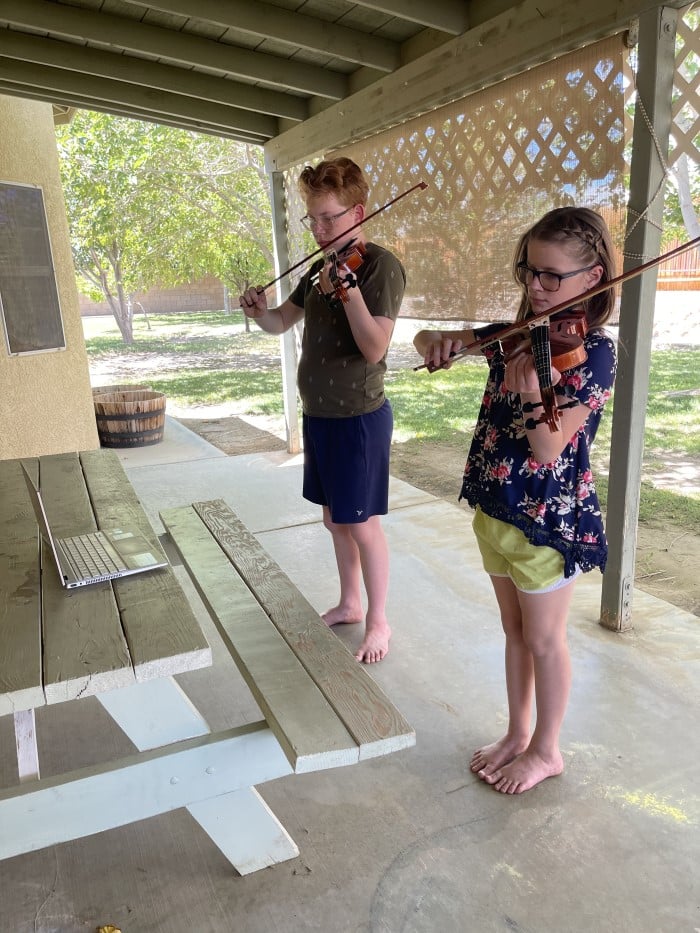
Just as kids learn their first words by imitating the sounds around them, they can also learn to play musical instruments through imitation and repetition.
Sarah Strings is based on the philosophy of Dr. Shinichi Suzuki, who believed that, given the time and space for children to grasp the intricacies of music fully, children would have the ability to discover those same nuances of music on an instrument, with little direction from an instructor. Like many homeschoolers’ philosophies, he considered youthful minds to be wildly capable and that the younger they are, the more proficient they could be at picking up new skills.
Suzuki began developing his philosophy while spending time in Germany, due to his dissatisfaction with Japanese music instruction. New to the country, he noted how young children learned the new language with ease while he struggled. When asked to teach a colleague’s son the violin, he used these observations (and his appreciation of the human mind), to hone his craft into what became the Suzuki Method, commonly known as the mother-tongue approach: a natural way to teach music and an often-forgotten way to nurture a child’s character.
What is Suzuki’s “Mother Tongue” Approach?
At the core of the Suzuki Method lies the belief that every child possesses an innate ability to absorb and mimic sounds. Dr. Suzuki often referred to this concept as the “Mother Tongue” approach. Just like how we effortlessly learn to speak our native language by hearing and mimicking our parents and caregivers, children can grasp the nuances of music by listening and imitating.
Starting at a tender age, sometimes as young as three or four, Suzuki students are exposed to an environment rich in music. They listen to recordings of the pieces they will eventually learn, immersing themselves in the sounds and rhythms. This exposure plants the seeds of musical understanding and appreciation from an early age, forming the foundation for their future musical journey.
How the Suzuki Method Works
While taking online lessons for beginning music instruction may seem counterintuitive, Sarah Strings utilizes the Suzuki method’s brilliance in this approach. Hearing the note played on the video or recording, the student can imitate that sound on their own instrument, identifying by ear and replicating, as when they first began learning language.
Learning an instrument through the Suzuki Method is a gradual process, just like acquiring language skills. Students start with simple melodies and progress to more complex pieces as their skills develop.

Repetition is the backbone of this method – pieces are practiced repeatedly until they are mastered. This patient approach ensures a solid technical foundation and a deep understanding of the music.
And I love it that Sarah Strings treats students as capable from the very beginning. This is something my kids noticed, and appreciated, immediately. The Suzuki method is both intuitive and educational, and Sarah Strings has the ideal balance of both.
Each day, as we progressed through Violin – Level 1, we had the freedom to decide what time would work best for the kids’ lesson. This is where I, the homeschooling mama of four with an incredibly fulfilling job at our local church and laundry around every corner, was hooked. I had been wanting music lessons for our kids for a while, but I wasn’t sure how to go about finding someone in our small town with availability that matched ours … while maintaining the unicorn-like balance of a schedule that didn’t haunt me or leave me and the kids absolutely exhausted at the end of every day.
The prerecorded lessons, which we’d stream on the living room TV from my laptop, take only minutes to complete. The kids pause videos as needed, not only per the direction to practice a new technique using the Suzuki Method, but as their personal need for clarification arises. This is a zero-stress, zero-discomfort zone.
As the days of a given week progress, Sarah Strings and the Suzuki Method build upon the previous day’s instruction until students reach the quiz. The quiz consists of a handful of multiple-choice questions the student answers right there on the screen.
Parental Involvement: A Key to Success
A key feature of the Suzuki Method is the emphasis on creating a supportive and encouraging community, which is perfect for a homeschooling family. Students often participate in group lessons and performances, fostering a sense of camaraderie and shared learning. Just as siblings might learn from one another, Suzuki students benefit from observing their peers, often enhancing their motivation and progress.
In our case, Sarah Strings is a group activity in our little homeschool. So, it’s the best of both worlds—the convenience of online education with the intuitive approach of Dr. Suzuki.
In the Suzuki Method, parents are actively involved in their child’s musical journey. They attend lessons, take notes, and serve as practice partners at home. This partnership creates a strong bond between the child, the parent, and the music itself. It also nurtures discipline, focus, and a sense of responsibility in both the child and the parent. Since this is something that comes naturally to a homeschooling family (or if not naturally, at least we make it a priority), this approach is ideal for parents who are educating their children at home.
The Background of Sarah Strings
Coming from a considerably musical family, Sarah Van Kleeck is a devout Christian and an impassioned homeschooling mama who’s been teaching violin for over 30 years. Armed with desire and confidence in the Suzuki Method approach to music, she launched Practice Monkeys in 2018 as a way to provide cost-effective, character-building, brain-nurturing music instruction to the homeschooling community at large.
Sarah Strings was born in 2023, as the recorded version of her programs. With live instruction still an option, her self-paced and flexible teachings based on the popular Suzuki Method have spread internationally. Her students find musical success in untraditional ways (kind of like homeschooling)!
The Physiological Benefits of Music Instruction
Recently, I was offered the opportunity to become the Preschool Director at our church. While I have a Bachelor of Science in psychology, interacting with widely varying personalities and backgrounds and emotions on a more regular basis launched me into a renewed fascination with the human brain.
I became enthralled with the neuroscience behind why we are the way we are. Naturally, I had to take a deep dive into the topic of music.
Not widely debated, the benefits of music transcend all demographics of life. Stress is reduced, pain and symptoms of depression are found to be alleviated, and cognition is improved, to name a few. But where it gets genuinely interesting is when you combine the appreciation of music with science.
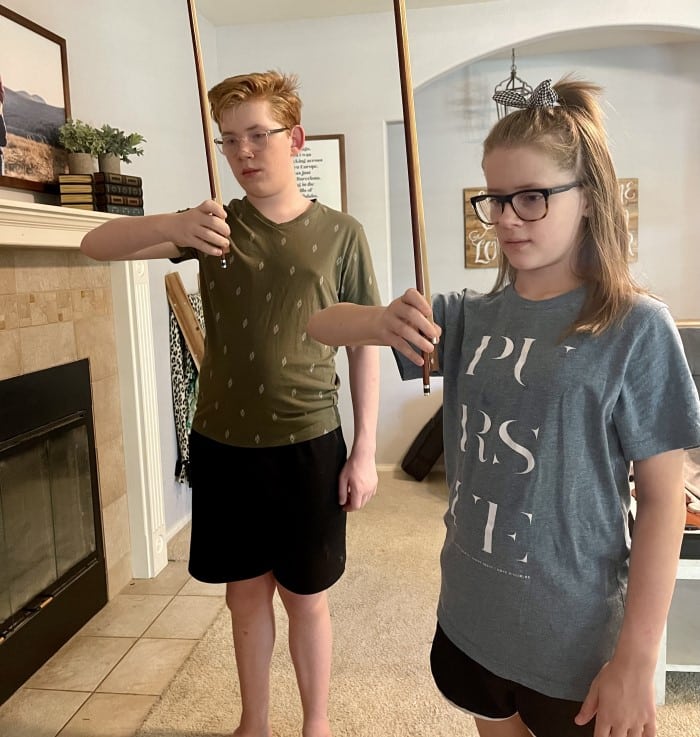
Music has been found to improve the functions of the frontal lobe, which evokes a response within the will, moral worth, and reasoning power of the student. Neurogenesis—the brain’s ability to produce neurons—also occurs, which aids in memory consolidation and mood stabilization. In fact, simply listening to Mozart has a significant impact on the hypothalamus, which links the endocrine and nervous systems and plays a key role in the essential hormones that regulate everything from thirst to body temperature to metabolism, lowering heart rate and blood pressure.
Headlining this mom gig for almost 14 years now, a belief of mine is that all behavior is communication; it’s communication as to the state of the body (hungry, thirsty, tired?); it’s communication as to the state of emotions (sad, overstimulated, elated?); it’s communication as to the state of one’s security (PTSD, abuse-survivor, deeply supported?).
In other words, the experiences our bodies hold are what will spill out of us. What if we nurtured minds—young and not-so-young alike—with music that would improve Broca’s Area, positively impacting the way we communicate? What if raised an entire generation who more deeply understood themselves and others, leading to more fulfilling home lives, deeper relationships, and greater grace for our fellow humans?
What if it all started with music appreciation?
Why I love the Suzuki Method and Sarah Strings
As previously referenced, Sarah Strings was offered to me, and I felt like Bambi learning to walk—wobbly at best. It’s not my wheelhouse.
Turns out, it doesn’t have to be.
Founder Sarah Van Kleeck is the epitome of ideal instruction, even in the prerecorded videos we’ve been following. She instructs thoroughly, explains patiently, and encourages thoughtfully. She understands how it is for children and their developing brains to manage something new, and she coats any anxieties with her soothing voice and gentle demeanor.
I know my personal trepidation left the building long ago because, as it often goes for homeschoolers, I’m learning about music via the Suzuki Method along with my kids.

Neuroscience and the kindly manner with which she carries herself aside, I love Sarah Strings because my kids love Sarah Strings. Every day I hear them ask, “Can we practice with our violins yet?”
You know that does a mama’s heart good.
So, that dreamy setup? The one I wasn’t sure I wanted to disrupt? No disruption detected, friends. Not a drop. The timeframe of each lesson is more than reasonable, and the pace is personalized. We will absolutely be continuing a subscription—their growing brains are worth it.
I couldn’t imagine a better first experience with music instruction! There is no need to go hunting for Suzuki method teachers, you have just found her. I can’t recommend Sarah and her ability to teach the Suzuki Method enough!
The Suzuki Method isn’t just about churning out virtuosos; it’s about instilling a love for music and learning that lasts a lifetime. By combining the principles of language acquisition with a nurturing environment and dedicated parental involvement, Dr. Suzuki created a unique approach that continues to shape the world of music education.
So, whether you’re a parent dreaming of introducing your child to the world of melodies or an aspiring musician seeking a new perspective, the Suzuki Method and Sarah Strings’ unique online approach offers a harmonious blend of tradition and innovation, all in the name of nurturing musical talent, one note at a time.
Sarah Strings is giving our Hip Homeschool Moms’ Community $10 off per month! The price is now $39.99 instead of $49.99. But act fast, this sale is only for 10 days!


